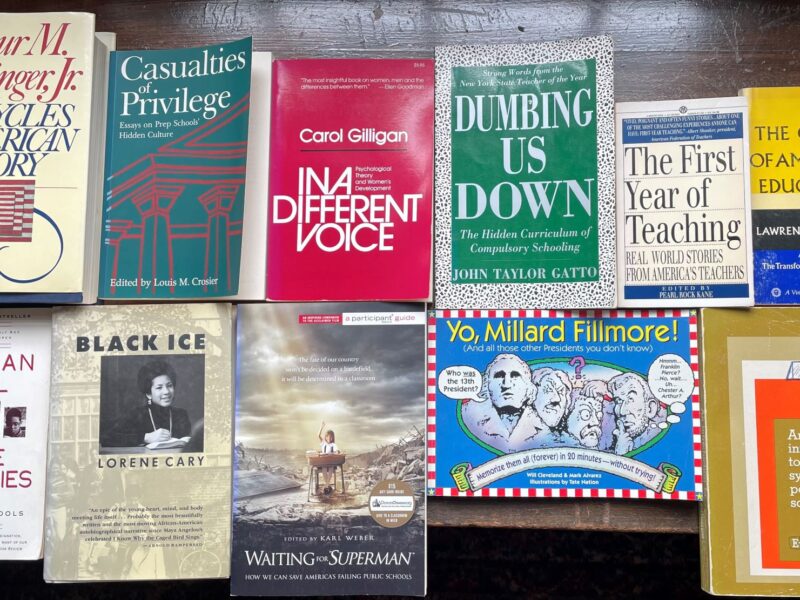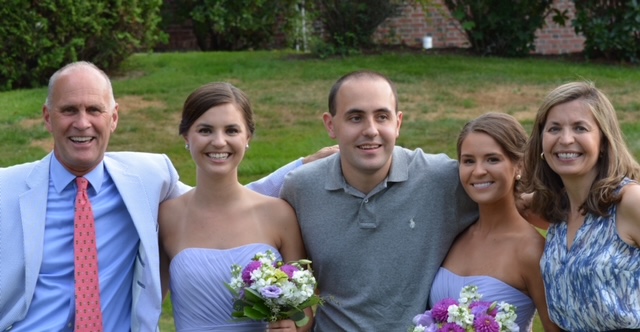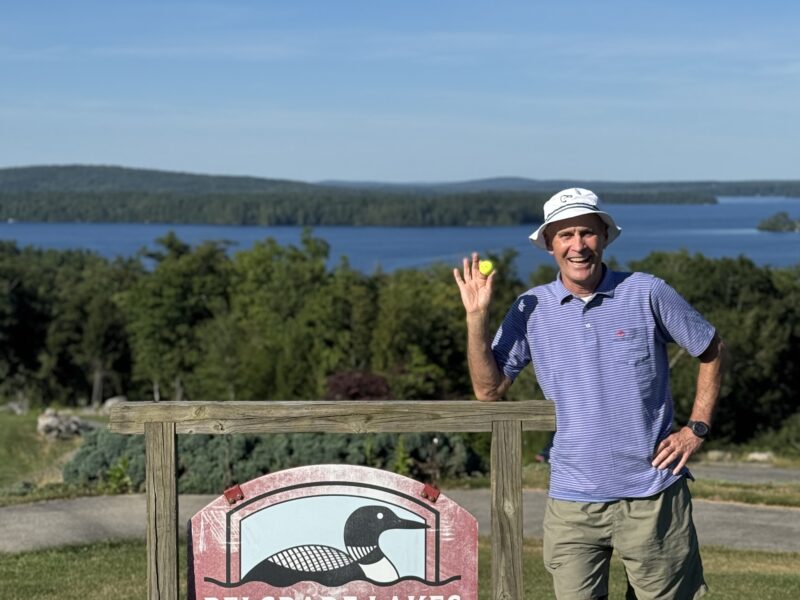Before you dismiss me as a lunatic fringe player of the blame game, I got some ‘splainin to do.
If you’ve been around Hyde at all, you’ve probably heard about the Academic Triangle. If not, imagine a triangle with Student, Teacher, and Subject at the vertices. Traditional education tends to regard the Teacher and Subject vertices as forming the base of the triangle and challenges the student to somehow break into this relationship to learn the subject. Hyde tends to see the Student and Teacher at the base and together they explore the Subject. Got it? OK…that’s not my point.
Rather than debate the merits of those perceptions, my point is far more simple than that. How about: There are three vertices!
Somehow in all the confusion stirred up as we adults debate each other, the kids have been left off the hook. It reminds me of a timeless dynamic I have observed for over three decades as an educator, “Here, Mom/Dad, let me hold your coat while you fight with the school.”
The latest consensus of our endless game of educational reform (If you’re looking for a metaphor, how about those guys who paint the Golden Gate Bridge?) has now arrived at an agreement that the (new) key to solving our academic problems lies in getting great teachers in our schools. The KIPP Schools have rightfully received national acclaim for their track record in honoring this focus. Reviews for the anxiously awaited movie “Waiting for Superman” suggest that the film effectively leads the viewer to this conclusion. Reform leaders like Michelle Rhee make this point and the major philanthropic foundations are beginning to open their coffers accordingly.
So, we’ve figured it out, right? Not exactly.
My first visit to a KIPP School was in the mid-90s in the South Bronx. I was blown away and couldn’t stop talking about it at faculty meetings. Back then, there were two KIPP Schools. Today there are 99 KIPP schools serving 24,000 students. As amazing as the KIPP Schools are, there is that nagging reality of America as a place that has 130,000 schools serving 77,000,000 students. Hence, the real problem is scalability.
Simply put, neither KIPP nor any other school model has any chance of attaining effective scalability without the enthusiastic participation of the students and their parents. (And you probably won’t get the kids without getting their parents.)
To qualify myself, I am a lifelong teacher who is also the son of a teacher. I believe to my soul that great teaching can truly make a profound difference in the lives of students and communities both local and national. However, I have also learned the hard way that should you enter great teaching in a race against bad parenting, the latter entrant will win just about every time. That’s why I believe that the real key to solving our educational woes does not rest with the teacher. It rests with the parent.
Onward, Malcolm Gauld


